Ventilators shipped from veterinarians to hospitals to combat COVID-19 shortage
The lifesaving breathing machines can just as easily be used on humans.
The nation's hospitals, facing dire shortages of lifesaving ventilators as the coronavirus outbreak continues, are finding help from an unlikely source: animal doctors.
The country's largest veterinary schools, animal hospitals and even zoos are offering up ventilators to hospitals that are scrambling to care for a growing number of critically ill coronavirus patients. Similar efforts elsewhere could produce hundreds of machines and save countless lives.
"Every single one of these ventilators makes a difference," Dr. Andrew T. Maccabe, chief executive officer of the Association of American Veterinary Medical Colleges, told ABC News.
Tune into ABC at 1 p.m. ET and ABC News Live at 4 p.m. ET every weekday for special coverage of the novel coronavirus with the full ABC News team, including the latest news, context and analysis.
Ventilators used on animals are identical to machines at hospitals, according to several animal doctors and hospital officials who spoke to ABC News. Dogs and cats with pneumonia and other respiratory issues, not unlike their human counter parts, benefit immensely from the breathing machines, which quickly can be repurposed.
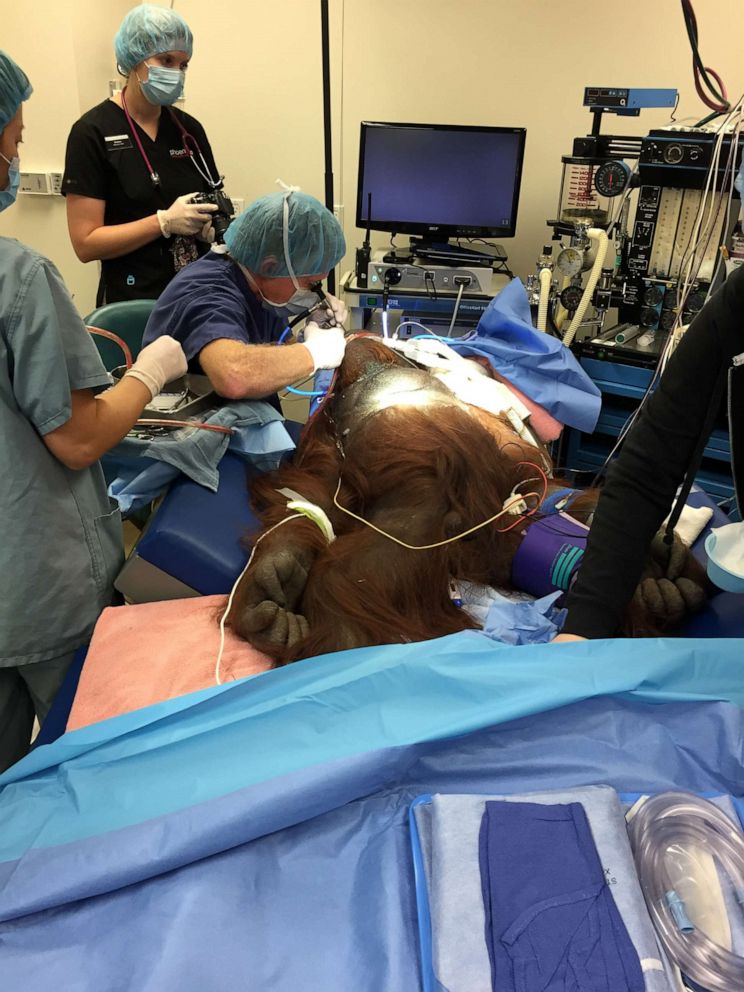
"It's actually the same equipment that we use here," Leslie Lussier, director of Respiratory Care and the Pulmonary Function Lab at Tufts Medical Center, told ABC News.
The Boston-area hospital received three ventilators – the same models used by respiratory therapists at their facility -- from the veterinary school at Tufts University on Monday, and had them inspected, cleaned and outfitted with new equipment for human patients within several hours.
"We have them in our arsenal, in our fleet, ready to use," Lussier said.
The mechanical breathing machines, used by patients unable to breathe on their own, are among the most crucial tools available to doctors in the fight against severe cases of COVID-19, for which there is no vaccine.
Ventilators remain in short supply in the United States and around the world. New York Gov. Andrew Cuomo, whose state has become the center of the epidemic in the U.S., urged the federal government on Tuesday to provide more respirators from a national stockpile to help the state meet its projected need of 30,000 in the coming weeks.
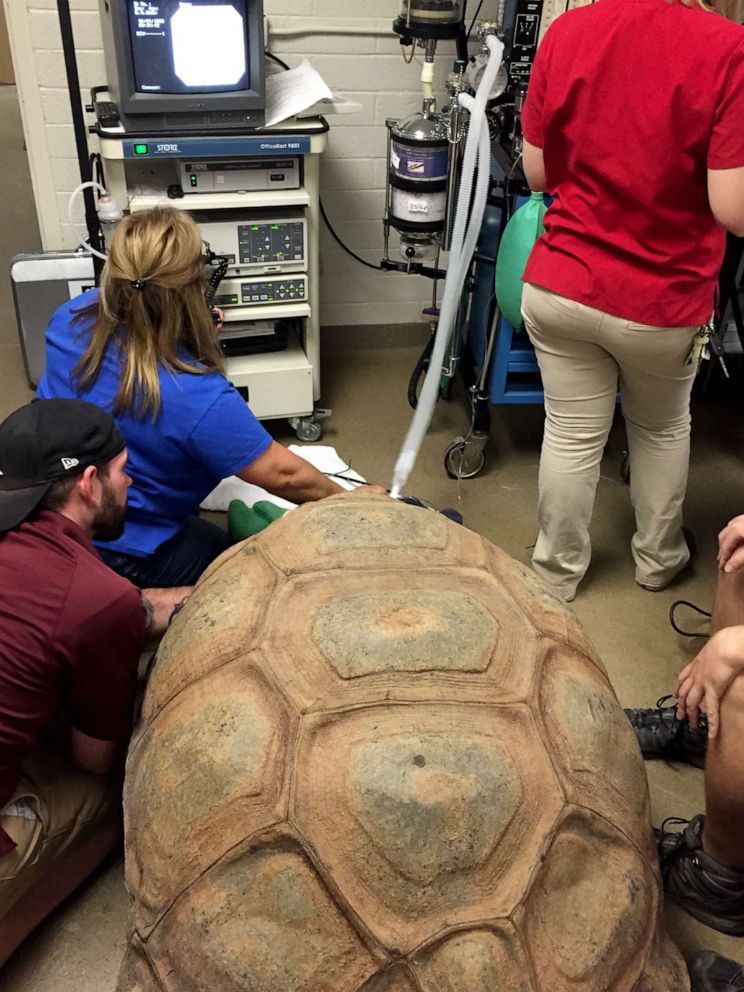
While manufacturers have pledged to produce more machines, and American auto companies are exploring how to help with ventilator production, supplies still trail demand.
"This is a critical and desperate need for ventilators," Cuomo, who said New York had 3,000 to 4,000 and had ordered an additional 7,000, said at a news conference.
In a sign of how severe the shortage had become, earlier this week New York hospitals began exploring ways to use individual ventilators on multiple patients at once, and working up protocols to determine how to ration a limited number of machines to save the greatest number of patients.
The Food and Drug Administration, which regulates medical devices, has shown a bit more flexibility on rules as the desperation mounts. That has included allowing the use of devices that "may be used outside of traditional use" if ventilators supplies stay low.
Animal ventilators also have been transferred in New York state.
Cornell University's veterinary school has loaned two ventilators and an oxygen unit to Cornell's medical school in New York City, through its location in Stanford, Connecticut, and is preparing to send another three ventilators and 19 anesthesia machines to Cayuga Medical Center in upstate New York, in addition to nearly 1,000 masks and diagnostic testing materials.
"From our point of view, if everybody can pitch in and make available what we have, that will help and help some patients in critical need," Lorin Warnick, dean of Cornell's College of Veterinary Medicine, told ABC News.
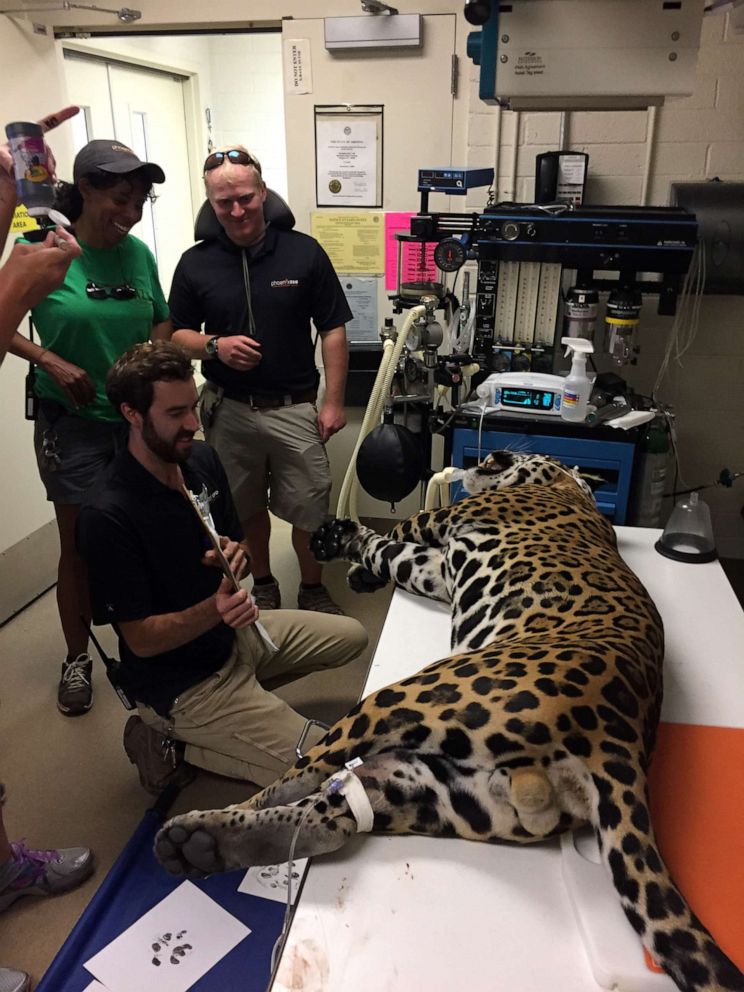
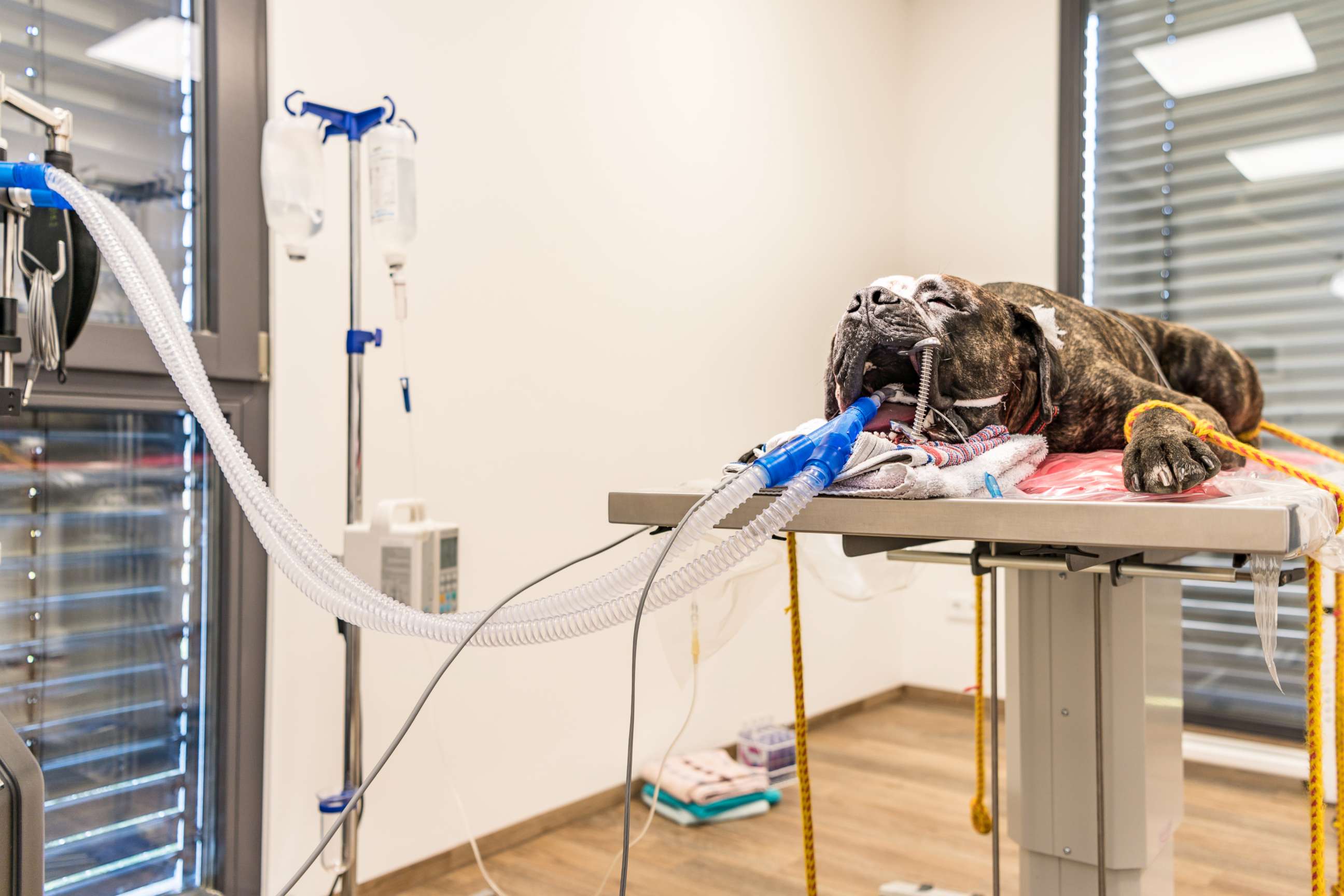
The animal machines may be especially helpful in rural areas that may not receive as much attention as urban hot spots stricken by novel coronavirus. In Colorado and Alabama, veterinarians have already loaned their ventilators to nearby hospitals in smaller communities facing shortages.
"They called back on Sunday and said, 'We need them now,'" said Dr. Ellen Behrend, acting director of the Auburn University Veterinary Teaching Hospital, which sent three ventilators to East Alabama Medical Center in Opelika, Alabama.
Dr. Beth Davidow, a Seattle-area critical care veterinarian and president-elect of the American College of Veterinary Emergency and Critical Care, said she began collecting information on ventilators from veterinarians around the country after speaking to the chief operating officer at the University of Washington's medical center.
"Many people on the human side don't realize we use ventilators on animals, and hadn't even thought that that would be a place to look," she told ABC News. They don't realize that they're human-grade machines we're buying, either new or refurbished."
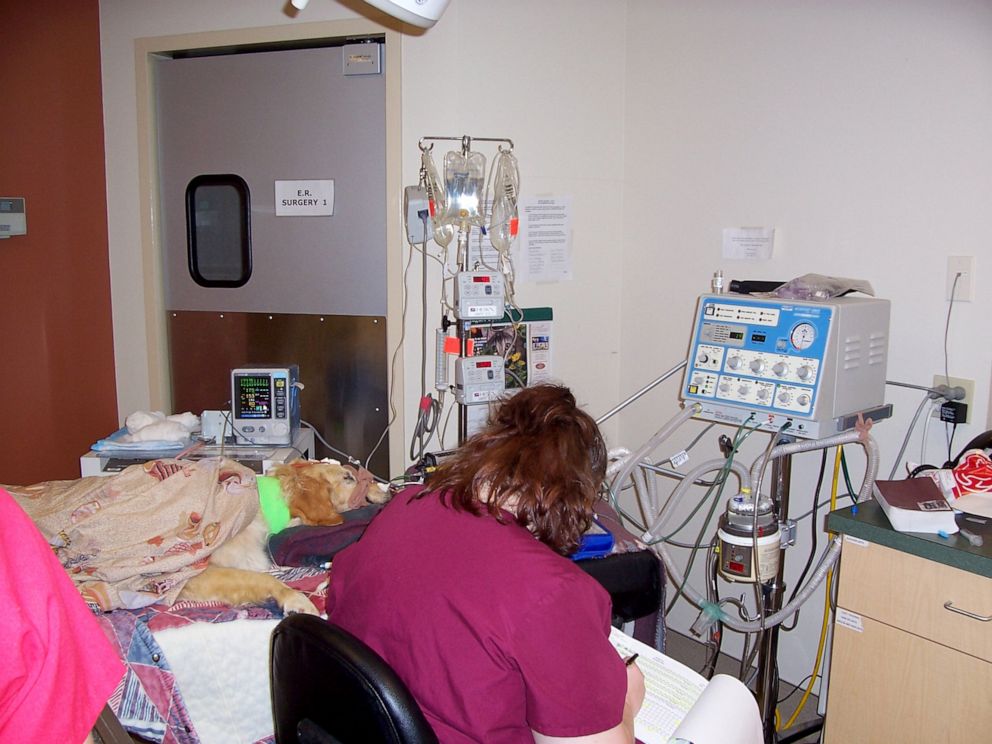
In a matter of days, she's already identified nearly 250 ventilators that could potentially be repurposed to help humans.
"Even though this is a small supply, if we save even one more person, it's worthwhile to do this," Davidow said.
Veterinarians around the country also are donating extra protective equipment, testing materials and other supplies to local hospitals despite facing shortages of their own.
"We're here to serve pets, but we're also here to serve the public health needs of our area," Hannah Thomas, a veterinarian at Snodgrass Veterinary Medical Center in Bowling Green, Kentucky, told ABC News.




